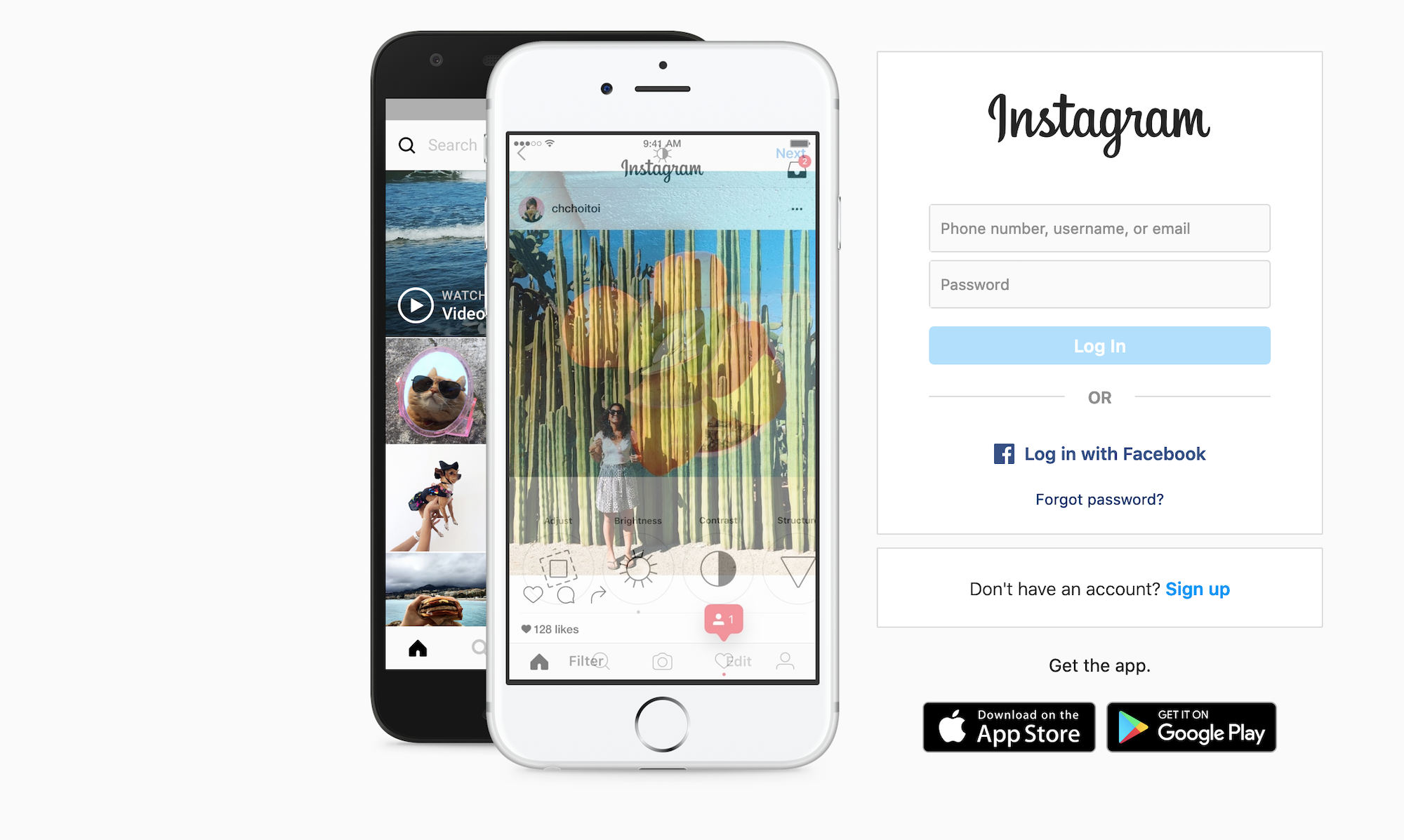Influencer marketing has become one of the hottest trends for marketers. And, there’s plenty of good reasons why. It’s a powerful and effective way to organically connect with prospective clients and build your brand’s awareness. But, how can you sell your CEO on becoming an influencer?
Use these eight reasons on why influencer marketing needs to be on your CEO’s radar.
Table of Contents
Toggle1. It’s cost-effective.
Let’s be honest, influencer marketing isn’t 100% free. There are some costs involved. This includes hosting a website, paying for social media management and monitoring tools, and creating content. Compared to traditional advertising, which can cost thousands of dollars, influencer marketing can easily fit into marketing budgets of any size.
How much money does it really cost you to tweet and write a blog post everyday?
2. Establishes your CEO as an industry thought leader.
Whenever a CEO shares their thoughts or advice that are relevant to their industry, they eventually become a well-respected industry leader. That’s why whenever Bill Gates, Elon Musk, Richard Branson, Arianna Huffington, Warren Buffett, or even Beyonce speak we listen. They’ve achieved high-levels of success and know the tricks and hacks to achieve that success.
3. Connects and retains customers.
Additionally, a report from Rhythmone found that an astounding 92% of consumers have made a purchase after reading about a product on their favorite blog. While another study has discovered that customers who were acquired through word-of-mouth had a 37 percent higher retention rate.
Influencer marketing plays a part in both introducing your brand to customers and retaining them since you’ve built trust with your audience, have engaged and interacted with them, and ultimately, humanized your brand. When you do that, people start spreading the word on how awesome you and your company are.
4 .Drives recruitment.
Want to attract top-level talent? Get your CEO active in sharing facts about the corporate culture, along with the latest projects and behind-the-scenes visuals of you and your team having some fun. CEOs can even directly engage high-level candidates through social listening.
5. The ROI is phenomenal.
Aaccording to a poll done by Tomoson, businesses make an average of $6.50 for every $1 they spend on influencer marketing. And, that ROI can be even higher in other industries.
“For instance, RhythmOne reported an average $21.03 return on every $1 of paid media in the alcoholic beverages advertising category, and a return of $18.98 per $1 spend in the travel and tourism category.
6. Introduces your brand to brand ambassadors.
We’ve already established that word-of-mouth referrals are important. But, a whooping 88% of consumers say they trust online reviews as much as personal recommendations. That’s why brands are turning to social media influencers on YouTube or Instagram to become brand ambassadors.
As an influencer, you can spot these individuals on social channels and begin to build relationships with these rising stars so that you can form a partnership that is beneficial for both parties.
7. It’s targetable and trackable.
“Decisions without data are shots in the dark at best. For decades, the advertising industry was limited to shooting in the dark, having only access to traditional strategies that yielded murky information about audience reach, sales funnel influence, and branding impact,” writes Misha Talavera, co-founder and CMO of NeoReach.
“The digital world is different. Every website visit, social like, and picture posted online can be stored and analyzed, yielding oceans of data that turns into valuable insights about your target market and your advertising performance.”
Thus, thanks to tools like Google Analytics and Facebook Insights you can easily track your efforts.
8. It’s an alternative to ineffective and outdated ads.
“It will probably comes as no surprise to you (or your CEO) that traditional banner ads have gotten increasingly ineffectual. In fact, according to Google’s Display Benchmarks Tool, the average click-through rate (CTR) of display ads is now only around 0.06%,” says Rampton.
“And keep in mind that some web users choose not to view ads at all. According to the Reuters Institute, 47% of online consumers now use ad blocking technology. This means that if you’re paying for exposure via banner ads, you’ve lost nearly half your audience right out of the gate.”
Lastly, businesses need to find alternative strategies for getting exposure and traffic.

















